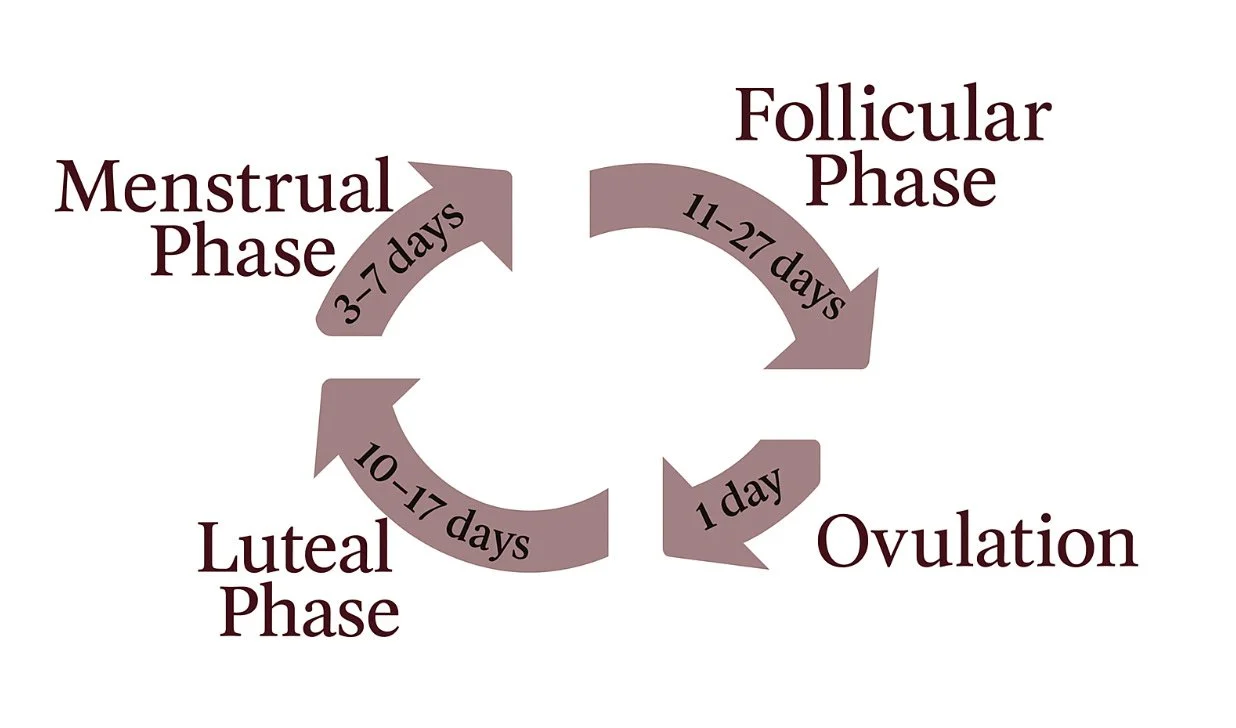Welcome to the blog. The below are posts to discuss the relative topics in reproduction.
Remember, it’s just a screening test
Pregnant patients are offered blood tests to identify the chance of certain genetic conditions, such as Down syndrome, and the predicted sex of the pregnancy, if desired. These blood tests are considered screens. The purpose of a screen is to identify pregnancies that are more likely to have a genetic condition and then offer more robust diagnostic testing either while the person is still pregnant or after birth.


















